Hin Deang/Hin Muang Dive Trip Summer 2011 on MV Scuba Adventure- Vincent Moy Tour Leader
I was very excited to take this trip out during the “summer season” as tour leader on MV Scuba Adventure. All season the local sites from Phuket had been performing so well, with lots of great visibility dives and an abundance of marine life both (very) big and small. I also knew that during the high season the dive sites of Hin Deang and Hin Maung are awesome, but I didn’t know what to expect from a trip this time of year?
… It was not a disappointment!
So here we go:
Day 1:
Shark Point – Great visibility to enjoy all the lovely soft corals, fans, sponges and tons of marine life including the odd leopard shark. Hi-light of the dive: a large marble patterned tiger tail seahorse.
Koh Bida Nok – Again tons of marine life, especially the trevally and schools of fusiliers, and a nice big hawksbill turtle at the start. Hi-light of the dive: absolutely the 10-20 black-tip sharks seen during the dive, especially getting up real close to 5-10 of them in the bay, before they finally torpedoed passed us.
Koh Ha Yai – A beautiful late afternoon dive to enjoy the caverns (known as the Cathedral) and swim-through’s. Hi-light of the dive: the view looking out at the silhouetted divers the from the back of the Cathedral.
Koh Ha Lagoon – A comfortable night dive in the protected lagoon between islands 2 and 4. Our group explored the east side wall of island 2 and the sloping reef between. Hi-light: For me the macro life amongst the vivid soft corals on the wall, for others the giant barracuda following us!
Day 2:
Hin Muang – Oh my God! The visibility! We could see the bottom… and which ever side you are on, it goes down a very long way! Lot’s of life; and the soft corals looking bigger and more colourful than ever. Hi-light of the dive: All of it, in stunning visability. It was like a scene from the movie The Abyss but with the lights on! Diving – the best reason in the world to get up with the sun.
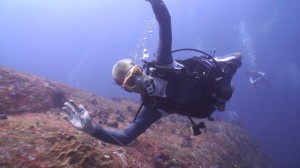
"Stunning Visibility"
Hin Deang – Awesome vis continued, we could even see the outer pinnacle from the main rock! Whichever way you looked there was marine activity and mild currents meant an easy swim to appreciate it all. Hi-light of the dive: Did I mention the large manta ray that made it’s way around the rock to the outer pinnacle!
Koh Ha Neua – An early afternoon dive made the best of the huge purple soft corals on the southern side of this site. The shallow hard coral reef at the end of the dive was full of fish, whilst weaving in and out of the soft-coral coated rock channels rewarded us with nice nudi’s and a brilliant yellow tigertail seahorse. Hi-Light of the dive: A spotted eagle ray hovering over the purple soft coral field.
Koh Bida Nok – With the currents reversed and an exciting dive the day before, we chose to go again from the other side of the island. This dusk dive showed us some more big fish (black-tip sharks), kuhl’s rays, mantis shrimps, morays, nudibranchs. Hi-light of the dive: I guess taking the time to see all the things we hadn’t noticed on the other dives – Bida Nok is one of the richest and most varied dive sites. Oh, and it being a dusk dive so some of us could visit Phi Phi Don and enjoy an evening on land.
Day 3:
Koh Bida Nai – Yet another sunny day, this early morning dive provided more sharks and a small school of big pick-handled barracuda. Hi-light of the dive: Swimming through the hundreds of fusiliers and trevally that hang out in the sunshine over the beds of stag horn coral, then back up the reef to the glittering chevron barracudas.
Anemone Reef – Of course anemones but also lots of colorful soft corals make this a beautiful pinnacle in good visibility… and it was! A turtle, lot’s of fish, little current, nudi’s and a few bamboo shark made it even better. Hi-light: A pale-yellow seahorse out in the sand (I like seahorses!)
Koh Doc Mai – A nice surprise… an extra dive thrown on to the end of the trip! This wall dive is awesome for macro – wonderful nudibranchs, ornate ghost pipefish, more bamboo sharks, all sorts of morays, this site can have it all. Hi-light: We got to dive again, ha!
Apart from the great visibility and relaxed diving (with it’s heart racing moments – sharks, manta, eagle ray), for me it was the wonderful variety of dive sites and marine life that made the trip one of the best. Also helping to make the diving awesome was that, during most of the trip, we were the only boat diving the sites… well, we were on the Scuba Adventure!
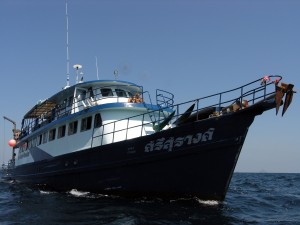
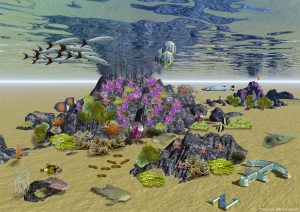
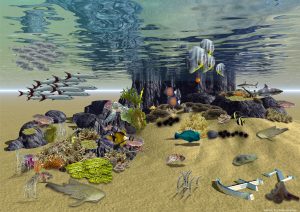
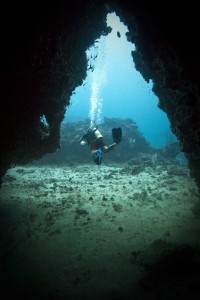
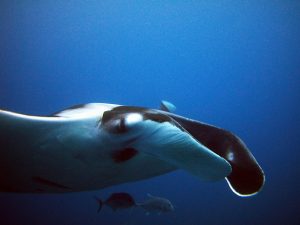
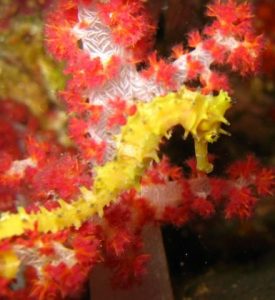
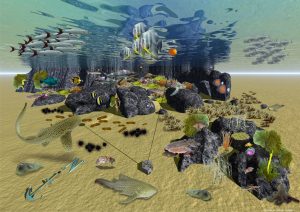
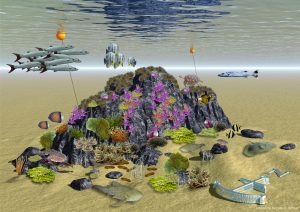
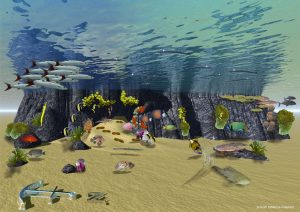
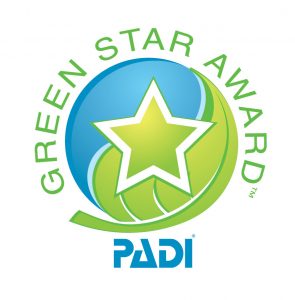


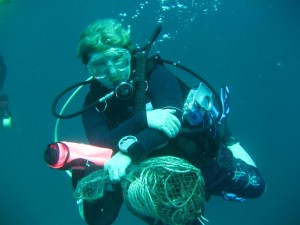
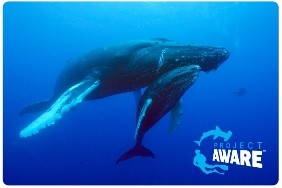
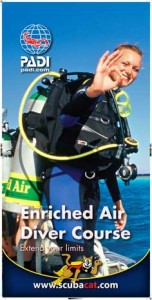
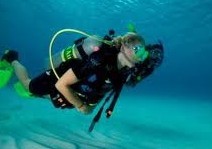

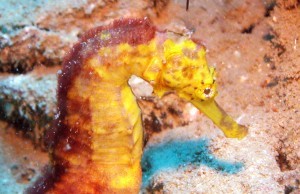






Scubacat Community